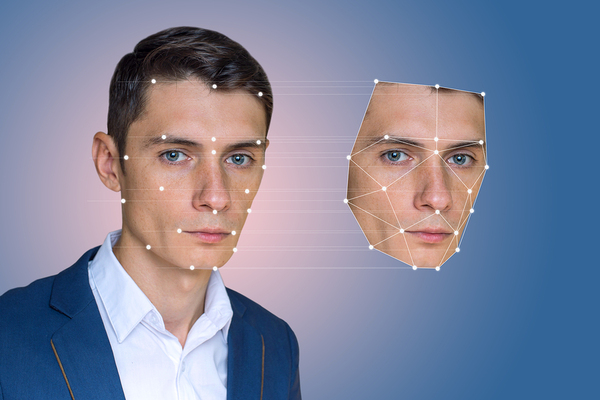Buying with your face is not that far off. Using facial recognition to confirm transactions is just one of the many uses we may soon be seeing.
As facial recognition technology improves, so do the applications it can provide from commerce to law enforcement. When it comes to facial recognition technology: debit cards, detection, and more are on the near horizon.
Here’s a closer look at five areas where facial recognition technology is likely to change the way we live.
1. A Face that Pays Off
The Chinese company Face++ captures 83 distinct points on a face at once. Its tech is used in several applications, including for Alipay, a Chinese mobile payment app already in use by 120 million people.
2. Dating and Driver Verification
Facial recognition has several uses in identification. In China, the ride-hailing service, Didi, uses Face++ tech to confirm drivers are legit. The facial recognition software company, PittPatt, helped better identify 10 percent of anonymous users on an online dating site.
3. Law Enforcement Advances
Identifying perpetrators can be a challenge, especially given large crowds, distant cameras, and low-resolution imaging. However, collective improvements in digital photography and facial recognition are likely to drive better results for identifying criminals. New technology allows for 2D images to be converted to accurate 3D models of a person, which can improve identification rates.

Facial recognition technology is improving such that 3D models can be generated from photographs.
4, Faceprints
Newer smartphone models already incorporate biometrics, with thumbprint and fingerprint access features readily available. Faceprint password applications are already in place but many can be easily fooled with a photograph. Images and unique expressions (such as a wink or a stuck-out tongue) could ultimately provide for unique identifiers that safely provide access.
5. A Face for Advertising
There are several scenes in the popular Tom Cruise movie Minority Report that show shoppers being identified in stores, then specific ads directed at those consumers. As early as 2012, recognition could discern gender and modify content delivery. This technology will likely expand and improve, allowing for consumer products makers and retailers to identify customers and cater to past behaviors or other metadata.
Privacy Implications
There are considerable privacy implications with the use of facial recognition. Some of those implications may be local in nature. A Russian app can take a picture of a stranger and find matches on a social network within seconds. An Australian program called The Capability would give police the ability to identify a photo from millions, including those on Facebook.
In the United States, casinos and retailers regularly use facial recognition, you might also find some of the best payout online casino sites also use such recognition software, but a pilot program at Wal-Mart that used facial recognition to spot shoplifters was abandoned in 2015. The facial recognition and improved debit card security implementations could also greatly help in not only brick and mortar casino establishments, but also for those that like to gamble online using a website like Casino-Korea or any other sites that people may use to gamble online with.
Social apps like Facebook, Instagram, and YouTube collect millions of images. What is to prevent that information from being used for nefarious means? To date, there is little regulation or law about these tools or the implications of their use.
The technology news offers powerful examples for the productive use of the technology. The questions regarding how it will be used and the legal and ethical issues such use raises are still unanswered.
